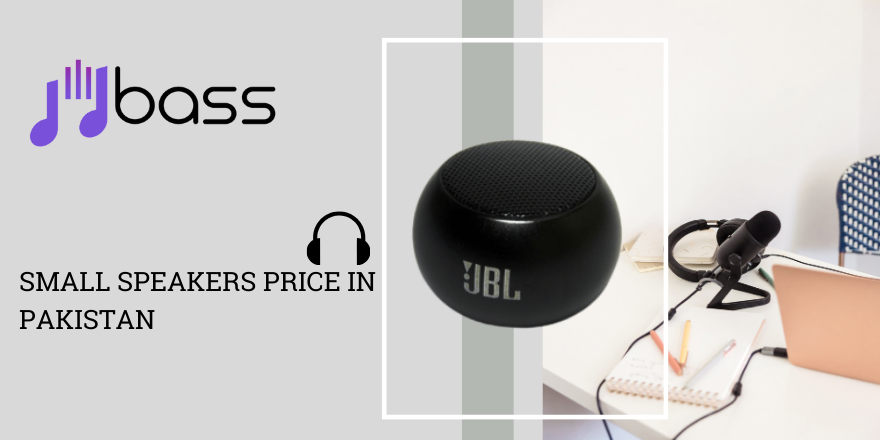Bluetooth Earbuds
In an era where wires are becoming increasingly obsolete, Bluetooth technology has emerged as a beacon of convenience and freedom. Among the myriad of wireless devices, Bluetooth earbuds have witnessed a meteoric rise in popularity, offering users a seamless audio experience without the hassle of tangled cords. This article delves into the realm of Bluetooth earbuds, exploring their evolution, functionalities, benefits, and the factors to consider before making a purchase decision.
The Genesis of Bluetooth Earbuds
Bluetooth earbuds represent the culmination of decades of innovation in wireless communication technology. The inception of Bluetooth dates back to the late 20th century when engineers at Ericsson envisioned a wireless alternative to the cumbersome cables used for data transfer between devices. Thus, Bluetooth technology was born, named after the 10th-century Danish king, Harald Bluetooth, known for unifying disparate regions, just as Bluetooth aimed to unite various electronic devices.
However, the early iterations of Bluetooth were plagued by limited range, poor sound quality, and high power consumption, rendering them unsuitable for audio applications such as earbuds. It wasn’t until the advent of Bluetooth 4.0, with its low-energy protocol, that Bluetooth earbuds became a viable solution for wireless audio transmission.
Evolution of Bluetooth Earbuds
The evolution of Bluetooth earbuds can be categorized into several generations, each marked by significant advancements in technology and design:
First Generation: These early Bluetooth earbuds were often bulky and featured limited battery life. Sound quality was mediocre, and connectivity issues were common.
Second Generation: With the introduction of Bluetooth 4.0, earbuds became more energy-efficient, resulting in improved battery life. Sound quality also saw noticeable enhancements, thanks to advancements in audio codecs like AAC and aptX.
Third Generation: The proliferation of Bluetooth 5.0 ushered in a new era of connectivity, offering faster data transfer speeds and greater range. Earbuds became smaller, sleeker, and more ergonomic, catering to the demands of an increasingly mobile-centric lifestyle.
Fourth Generation (Current): Bluetooth earbuds of today boast state-of-the-art features such as active noise cancellation (ANC), customizable EQ settings, touch controls, and seamless integration with virtual assistants like Siri and Google Assistant.
Key Features and Benefits
Bluetooth earbuds offer a plethora of features and benefits that make them an attractive choice for consumers:
Wireless Freedom: Bluetooth earbuds liberate users from the constraints of wired headphones, allowing for greater mobility and convenience.
Portability: Their compact size makes them easy to carry around, whether commuting, exercising, or traveling.
Versatility: Bluetooth earbuds are compatible with a wide range of devices, including smartphones, tablets, laptops, and smartwatches.
Improved Battery Life: Modern Bluetooth earbuds boast extended battery life, with some models offering upwards of 10 hours of playback on a single charge.
Enhanced Sound Quality: Advancements in audio technology have significantly improved the sound quality of Bluetooth earbuds, delivering crisp highs, deep lows, and immersive soundscapes.
Noise Cancellation: Premium Bluetooth earbuds feature active noise cancellation technology, which helps block out ambient noise for an uninterrupted listening experience.
Customization: Many Bluetooth earbuds come with companion apps that allow users to customize EQ settings, track fitness metrics, and access additional features.
Factors to Consider Before Buying Bluetooth Earbuds
When shopping for Bluetooth earbuds, there are several factors to take into account to ensure you find the perfect pair:
Sound Quality: Look for earbuds with advanced audio codecs like AAC or aptX for superior sound quality.
Comfort and Fit: Opt for earbuds that come with multiple ear tip sizes and secure-fit designs to ensure a comfortable and snug fit.
Battery Life: Consider the battery life of the earbuds as well as the charging case, especially if you plan on using them for extended periods.
Water and Sweat Resistance: If you lead an active lifestyle or plan on using the earbuds during workouts, choose a pair with water and sweat resistance to prevent damage from moisture.
Connectivity: Ensure that the earbuds offer stable and reliable Bluetooth connectivity, with support for the latest Bluetooth standards.
Additional Features: Consider whether you require features such as ANC, touch controls, voice assistant integration, or companion apps for customization.
Future Trends and Innovations
The future of Bluetooth earbuds looks promising, with manufacturers focusing on further enhancing sound quality, battery life, and connectivity. Some emerging trends and innovations to watch out for include:
Biometric Sensors: Earbuds equipped with biometric sensors for monitoring heart rate, oxygen saturation, and other health metrics.
Augmented Reality (AR) Integration: Integration of AR technology into Bluetooth earbuds for immersive audio experiences and enhanced situational awareness.
Gesture Controls: Advanced gesture recognition technology that allows users to control their earbuds with simple hand gestures.
Environmental Awareness: Earbuds equipped with microphones and AI algorithms to detect and enhance environmental awareness, allowing users to stay connected to their surroundings while enjoying music or taking calls.
In conclusion, Bluetooth earbuds have revolutionized the way we experience audio, offering unparalleled convenience, portability, and sound quality. With continuous advancements in technology and design, Bluetooth earbuds are poised to remain a staple accessory for music lovers, commuters, athletes, and professionals alike, providing a wireless audio solution that seamlessly integrates with our increasingly connected world.









